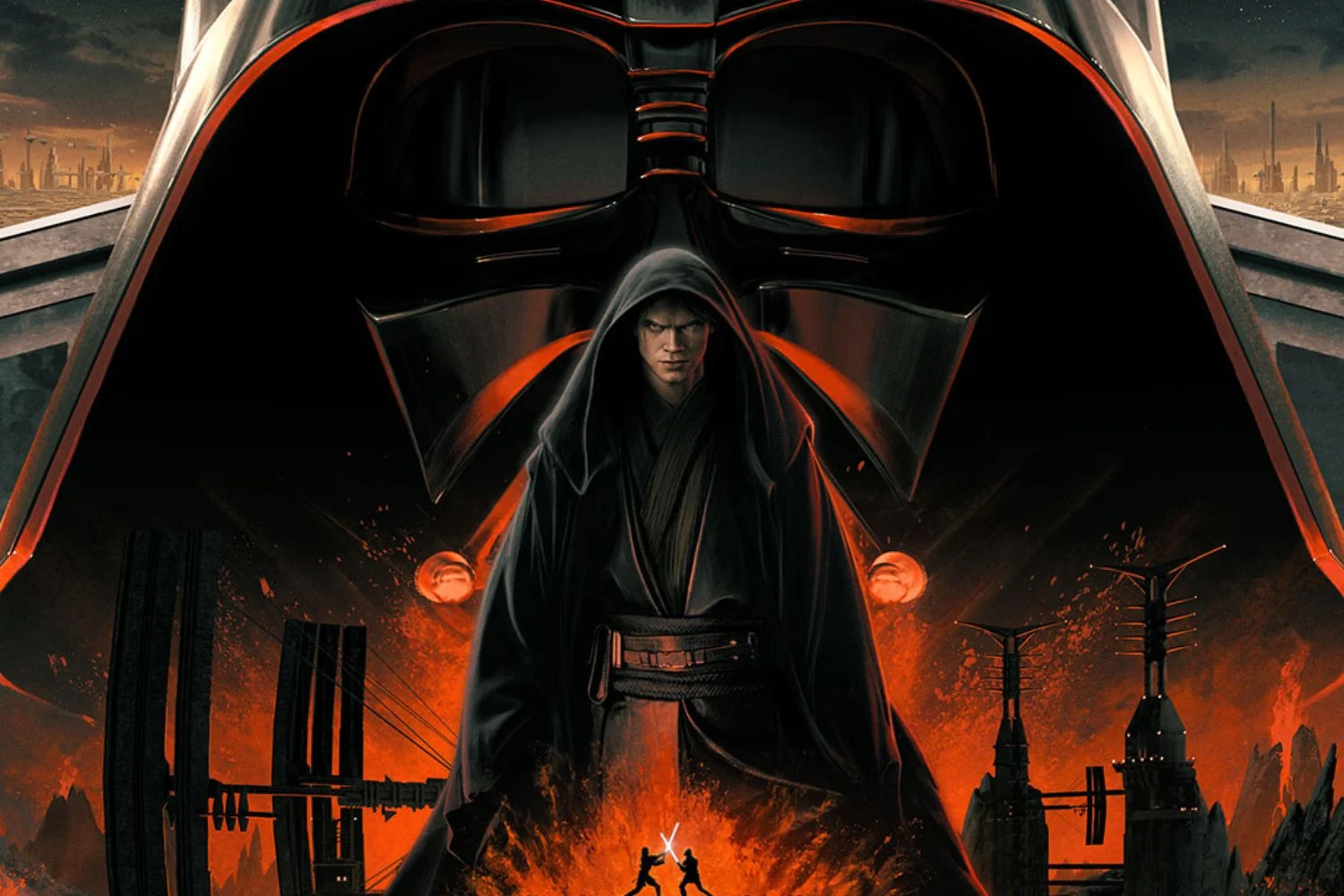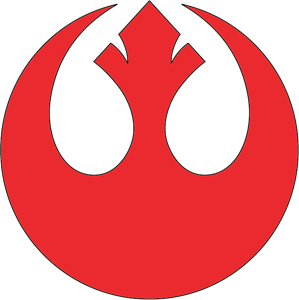
Star Wars: Episode III The Revenge of the Sith serves as the final act of George Lucas' Star Wars Prequels and of the "Galactic Republic" depicted within. An ambitious politician is able to achieve his goals of subverting a democracy by exploiting internal divisions and manufacturing a crisis to accumulate more and more power, culminating in dismantling the very political system he manipulated to his benefit in favor of a fascist dictatorship. It's also a story of space wizards, a cyborg alien with lung problems, and of a little green man and a walking prune throwing furniture at each other from across a room.
Revenge of the Sith holds a very unique place in pop culture as we look at it twenty years on from its release. For die hard Star Wars fans, it's often lauded as the best of the Prequel Trilogy, beloved for its memetic potential as much as for its contributions to the lore and themes of the franchise. For everyone else, it serves as a cautionary tale about the nature of democracy that seems to become more and more relevant by the day. Jimmy Kimmel notably edited President Donald Trump into a scene from the film to comment on his inauguration, an event which also notably saw Trump ally and tech billionaire Elon Musk flash a "roman salute" to the cheering crowd. Twice.
Unlike fallen Jedi Anakin Skywalker, George Lucas didn't experience visions of the future when he crafted the narrative of RotS. He looked back on the history of the Nazis in Germany and interweaved contemporary American politics of the 90s and early 00s in ways that are often not particularly subtle. It just so happens that this would prove to be an enduring pattern in American politics of the 10s and 20s. We've seen politicians with authoritarian tendencies align with corporate interests in order to seize power in 2004 and 2024, just as Star Wars' Chancellor Palpatine enlisted the Techno Union, Banking Clan, and Trade Federation in his scheme to become Emperor.
It's easy to see the parallels in Revenge of the Sith to the United States today and become dispirited. After all, the movie ends with Palpatine as an Emperor with near total control over the government, with the death of freedom, liberty, and the Galactic Republic. We must remember that the story doesn't end there, we see in the Original and Sequel Trilogies that alliances form against the Emperor and defeat him and the authoritarianism he represents time and again. Just as Luke, Leia, Rey, and Finn had the agency to rebel and o verthrow Palpatine, we have the agency to hold our country, and our leaders, accountable. Most importantly we must have hope for the future. To borrow from another Star Wars prequel, Rogue One, rebellions are built on hope. Whether they be Galaxy spanning Alliances flying X-Wings and blowing up Death Stars, or grassroots movements organizing and making their voices heard in the effort to create a better tomorrow for all of us.
Posted on 5/2/2025

